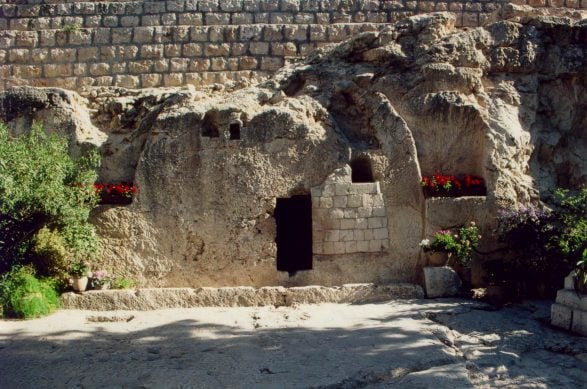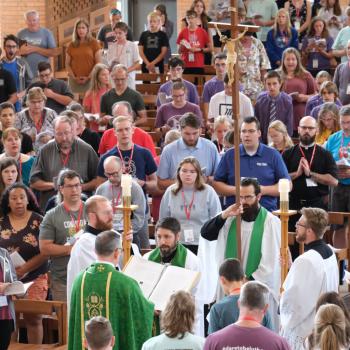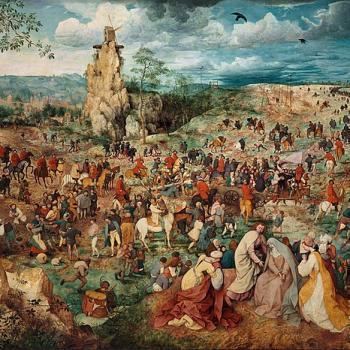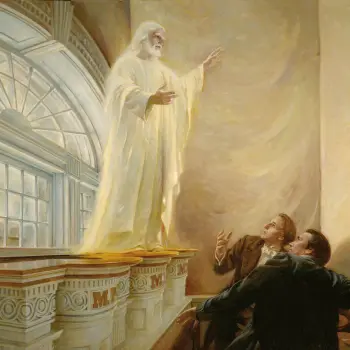
For the record: I don’t actually believe that the Garden Tomb is the right place. But it’s familiar, it will serve as a good illustration, and, anyhow, we don’t know exactly where the right place is (though it’s probably within a few hundred yards) and, so far as we know, have no photographs of it.
An apologetic that is sometimes used, particularly by Evangelical Protestants (such as William Lane Craig, Gary Habermas, and Michael Licona), to defend the idea of the resurrection of Christ is what is often called “the four proven or minimal facts argument.” I base the following notes on the summary of that argument given at Robert Hutchinson, Searching for Jesus: New Discoveries in the Quest for Jesus of Nazareth — and How They Confirm the Gospel Accounts (Nashville: Thomas Nelson, 2015). I’m simply taking notes here, so I’m not concerned to form what immediately follows into an argument. That will come later, as part of a much larger case. I observe, though, that Evangelical apologists like Gary Habermas currently favor a six- or seven-facts argument, not a four-facts defense.
In essence, all these authors argue that certain facts about Jesus’ final days can be established historically and that, when a reasonable person contemplates these facts without biases, the most plausible conclusion is that Jesus of Nazareth really did rise from the grave. (235)
Here are the four basic facts:
Fact 1: After his crucifixion, Jesus was buried by Joseph of Arimathea in a tomb. (235)
The burial of Jesus is attested in all four Gospels and in the even earlier writings of Paul. Accordingly, scholars regard the sources for these reports as extremely early — dating to within five to seven years of the crucifixion, if not earlier. William Lane Craig thinks it extremely unlikely that the benevolence of Joseph of Arimathea, a Jewish aristocrat who was a member of the Sanhedrin, was a fictional Christian invention. After all, he reasons, early Christians were notably hostile to Jewish leadership in Jerusalem, which they blamed for engineering Jesus’ judicial murder. Even John A. T. Robinson (1919-1983), a controversially liberal Anglican cleric who taught at Trinity College, Cambridge, acknowledged that the burial of Jesus in the tomb is “one of the earliest and best-attested facts about Jesus.”
Fact 2: On the Sunday after the crucifixion, Jesus’ tomb was found empty by a group of his women followers. (235)
The emptiness of the tomb is mentioned by multiple independent sources. William Lane Craig and others have contended in particular that the story of the women at the tomb is likely to be authentic because ancient Jews scarcely allowed women to serve as witnesses. Thus, if the story were simply invented, it is difficult to imagine why women would have been given the starring role in it. The New Testament scholar Ben Witherington III sees other elements in the story as potentially embarrassing: Mary Magdalene, for instance, has a questionable past (Luke 8:2) and she herself suggests the possibility that Jesus’ body may have been stolen from the tomb (Luke 20:2). Under the so-called “criterion of embarrassment,” he holds it to be very unlikely that the early Christian community would have invented fictional details that could serve to undermine its case.
Fact 3: On separate occasions and under diverse circumstances, different individuals and groups of people experienced appearances of Jesus alive from the dead. (236)
The very skeptical German New Testament critic Gerd Lüdemann declares that “It may be taken as historically certain that Peter and the disciples had experiences after Jesus’ death in which Jesus appeared to them as the risen Christ.”
Fact 4: The original disciples suddenly and sincerely came to believe that Jesus was risen from the dead despite their having every predisposition to the contrary. (236)
In Jesus’ day, Jews expected a conquering messiah who would liberate Israel. Moreover, while they anticipated a general resurrection at the end of the world, they did not expect an individual resurrection prior to that time. Accordingly, the conviction of Jesus’ death and resurrection went directly against their preconceived notions. As the Catholic New Testament scholar Luke Timothy Johnson says, “some sort of powerful, transformative experience is required to generate the sort of movement earliest Christianity was.”
On the basis of such arguments, fortified by others, such folks as William Lane Craig, Gary Habermas, Michael Licona, and, quite independently, N. T. Wright argue that the best explanation for the data is the idea that Jesus actually did rise from the dead.
Of course, there are certain scholars who deny some of these claimed facts. John Dominic Crossan, for instance, does not believe that Jesus was really buried in a rock-cut tomb. Some deny that the tomb was really found empty. (I’ll eventually respond to these positions.) And, yes, there are a very small number of mostly non-academics who maintain, against the vast consensus of both believing and unbelieving scholarly opinion, that Jesus never existed at all. For present purposes, I’ll ignore them.
















